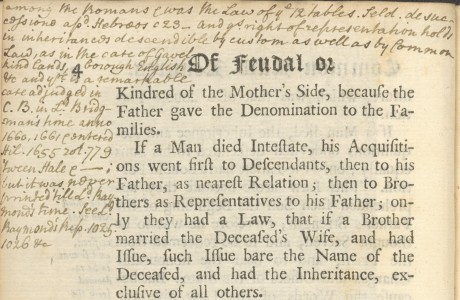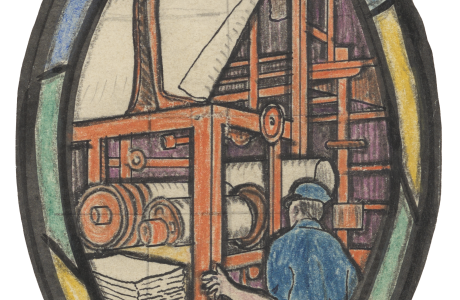Justice as a Sign of the Law: Introduction
The image of Justice, a remnant of the Renaissance, has had a remarkable run as a political icon. We can all “read” Justice because we have been taught to do so by political leaders of every stripe. Courthouse designers, artists, and cartoonists remain confident that a woman with scales and sword will be recognized as Justice, and not as a misplaced Roman deity or a warrior princess.
This exhibit, drawn from the Yale Law Library’s Rare Book Collection, the Beinecke Rare Book & Manuscript Library, and Representing Justice: Invention, Controversy, and Rights in City-States and Democratic Courtrooms (Yale University Press, 2011) by Judith Resnik and Dennis Curtis, traces the roots of Justice iconography in books published in Europe between 1497 and 1788. Through these prints, we account for Justice’s visual accessibility, making her image a part of today’s popular knowledge when other European images of Virtues (and Vices), that were once as familiar as Justice, are lost to contemporary view.
The Justices depicted in Renaissance Europe had a diverse set of attributes – cornucopias, fasces (or lictor rods), orbs and globes, books and tablets, and an odd lot of animals and birds, including dogs, snakes, ostriches, and cranes. Over time, as this exhibit documents, the depiction of Justice stabilized around a woman with scales and sword.
As this exhibit also details, pictorial representations aimed to denote something of the complex relationship between judgment, sight, knowledge, and wisdom. In the 1400s and 1500s, a blindfold on Justice signified her disability; today the blindfold is commonly valorized as both a sign of law’s particular obligation to reason within confined parameters and of justice’s impartiality and disinterest.

Image: Cesare Ripa, Iconologie (Paris: Mathieu Guillemot, 1644), Lillian Goldman Law Library.
“The Remarkable Run of a Political Icon: Justice as a Sign of the Law” is curated by Judith Resnik, Dennis Curtis, Allison Tait, and Mike Widener, and is on display Sept. 19-Dec. 16, 2011, in the Rare Book Exhibition Gallery, Level L2, Lillian Goldman Law Library, Yale Law School.


